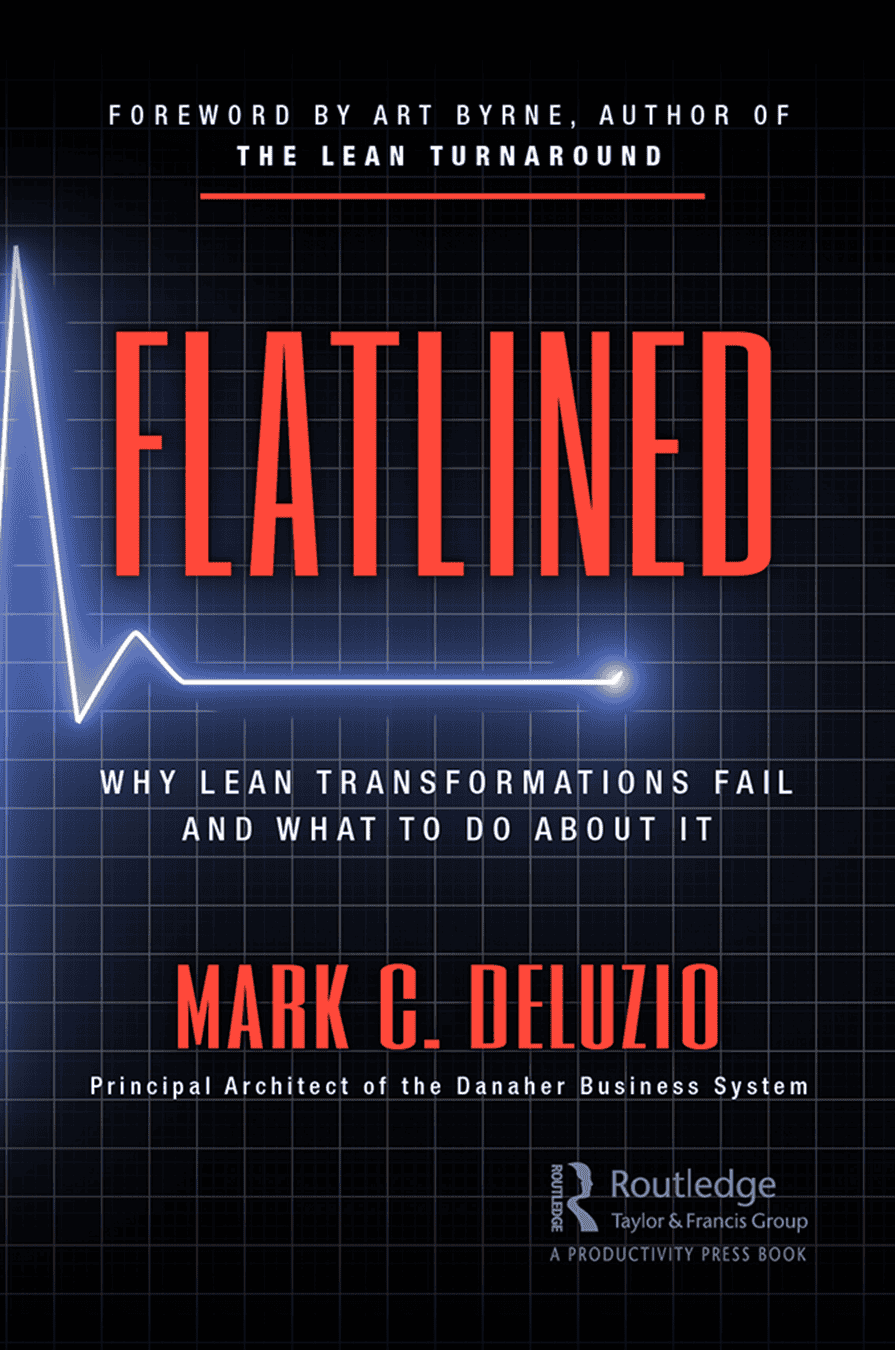Embarking on a lean transformation journey can be a powerful, evolutionary strategy for organizations aiming to reduce waste, improve efficiency, and drive continuous improvement. The Lean transformation strategy, often inspired by the standard principles of Lean Manufacturing, involves a comprehensive overhaul of an organization’s processes, mindset, and culture to streamline operations and deliver greater value to customers. Sounds pretty great, right?
At its core, a Lean transformation focuses on a few key elements: optimizing resource allocation, eliminating non-value-added activities, and fostering a culture of continuous improvement. By adopting and implementing Lean principles, your organization will learn to identify and eliminate inefficiencies, improve overall productivity, and enhance the quality. Lean transformation is a holistic approach that not only impacts the operational aspects of an company, but also permeates to all branches of the organization from top-level management to front-line employees. At Lean Horizons, it is our specialty to support and guide organizations implementing Lean transformations that will propel them into success.
In this article, we will explore what changes to expect with Lean transformation and how to prepare for them as leaders of an organization.
Key Steps Leaders Should Expect to Take During a Lean Transformation
When you make the decision as a leader of an organization to adopt Lean principles, there are natural changes, and challenges, you can expect to encounter. Plus, there are some key steps you’ll be asked to implement, from developing a clear vision to empowering and training employees.
1. Create a Clear Vision and Develop a Roadmap
Establishing a clear vision for the Lean transformation, while aligning it with the organization’s overall strategic goals, is one of the first steps to ensure you get the results you are looking for. Make sure to communicate this vision to all employees, emphasizing the purpose, benefits, and long-term impact the Lean transformation will offer.
Additionally, leaders should work with the upper management teams to make sure everyone is on the same page and is following the same roadmap. Developing a detailed roadmap will provide a structured approach that lays out goals and the clear vision you have for the Lean transformations’ impact on your organization.
2. Internal Optimization: Foster a Culture of Continuous Improvement
Actively promoting a culture of continuous improvement, where employees are encouraged to consistently identify and eliminate waste, propose innovative ideas, and embrace change, will elevate the impact of your Lean transformation. Remember, a cultural shift in your organization is crucial for sustaining long-term success. It’s important to remember that true Lean transformation asks for the entire organization to evolve, valuing everyone’s input and impact throughout the process and beyond.
3. Empower and Train Employees
Again, Lean transformation is most impactful when you focus on employee training and empowerment. As a leader, you can empower your employees by providing the necessary training, resources, and tools to actively participate in the transformational process. Encourage problem-solving skills, cross-functional collaboration, and recognize and reward employees when they contribute.
4. Manage Resistance
A natural response to implementing anything new is resistance. Employees might carry the attitude, “things have always been done this way, so why change it!” Anticipating pushback during a Lean transformation can make dealing with resistance when it arises a lot more easeful. Its important to remind employees that times change. Address resistance by involving employees in the decision-making process, listening to their concerns openly, and emphasizing the positive impact of the transformation on the individuals and on the organization.
5. Lead by Example
This one is huge. Simply put, lead by example and actively participate in Lean transformation efforts. When you display a willingness to learn, adapt, evolve, and improve, you encourage others to do the same. By demonstrating commitment and enthusiasm, leaders inspire their teams to embrace changes and overcome challenges that will inevitably arise.
6. Monitor Progress and Celebrate Successes
As you deepen in the Lean transformation process, you want to make sure you are monitoring progress and celebrating your wins along the way. Leaders should establish key performance indicators (KPIs) to actively and consistently measure the progress Lean principles are having on the organization. Prioritize regularly reviewing these metrics to track improvement and provide visibility into the positive impact of the transformation. Be sure to celebrate milestones and successes so that you are motivating and reinforcing the cultural shift among your employees!
Leadership: A Crucial Component of the Success of Lean Transformation
It almost goes without saying that leaders play a pivotal role in driving successful Lean transformations. By setting a clear and specific vision and roadmap, cultivating a culture of continuous improvement, and leading by example, leaders can navigate the challenges a Lean transformation will present and maximize its benefits.
Embrace the journey and remember that a supportive and transparent leadership approach will inspire employees to contribute to the organization’s long-term success. To learn more about our approach to Lean transformation and how we can help kickstart your organization’s evolution, please contact us at Lean Horizons Consulting today.

